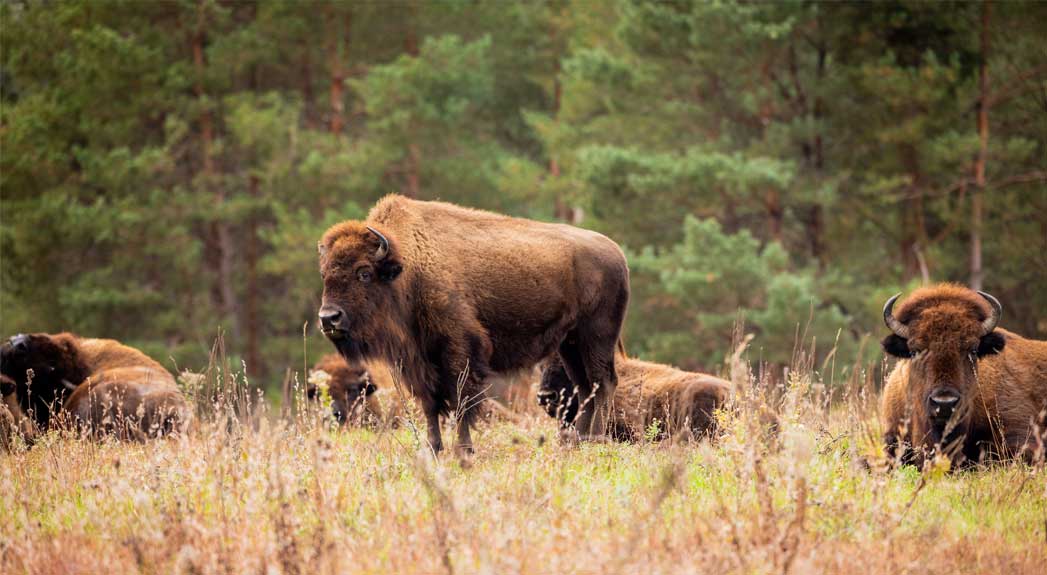- Singh Biome Lab
- Research
- Intestinal Microbial Community of Bison
Intestinal Microbial Community of Bison

The American bison consume varied diet based on availability and are affected by a multitude of factors including soil, water and seasonal variation. These variations may impact intestinal microbial community dynamics of bison. To assess these impacts on bison health we study the intestinal microbial community of wild Bison that have been re-introduced to Nachusa Grasslands. Introduction of Bison bison to Nachusa Grasslands may have important ecological impact on the ecosystem and vice versa on bison health. Here, our goal is to identify factors that affect Bison health and potential steps to identify better herd management practices.
Seasonal and dietary changes that in turn changes the microbiota may lead to increase in enteric pathogen load, some of which may also have human hosts. Since, foodborne pathogens are an important concern in the US and around the world and wildlife, including Bison, have been identified as an important reservoir for human pathogens in recent studies carried out by USDA. For identification of foodborne pathogens, Salmonella, Campylobacter, Shiga-toxin producing E. coil and a few more, we will perform pathogen specific polymerase chain reaction. This is additionally important since the grasslands come in contact with surrounding through agricultural runoffs and other wildlife (birds, deer, raccoons etc.) that may be in contact with farms and animals housed thereat. Hence, additionally our goal is to study the intestinal microbial population of the bison and variation with age and gender and identify external factors that may be affecting the gut including season, diet, water and soil.
We are actively adding additional study sites to study wild Bison population across the state of Illinois.
Contact
Singh Biome Lab
Department of Biological Sciences
Montgomery Hall 359
815-753-7839
psingh1@niu.edu